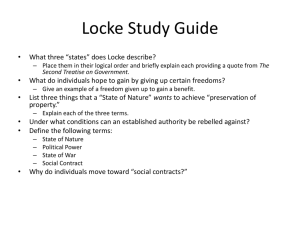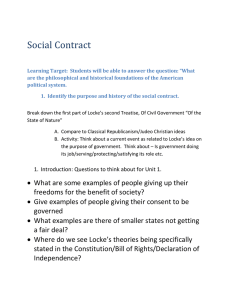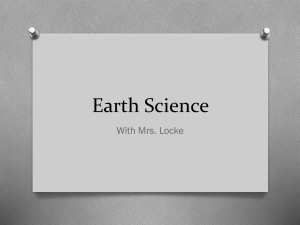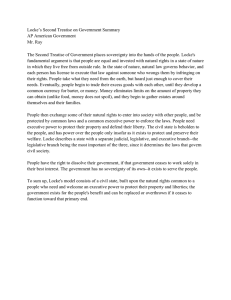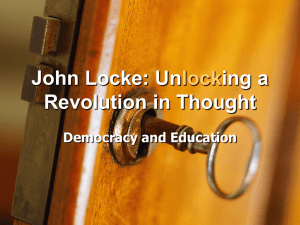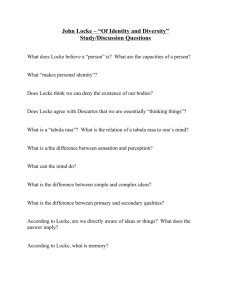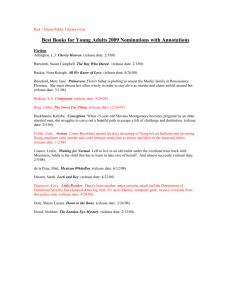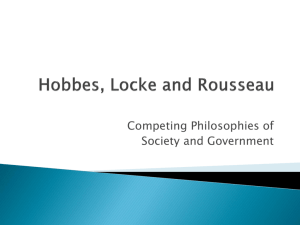A Discussion Guide for FOX FOREVER
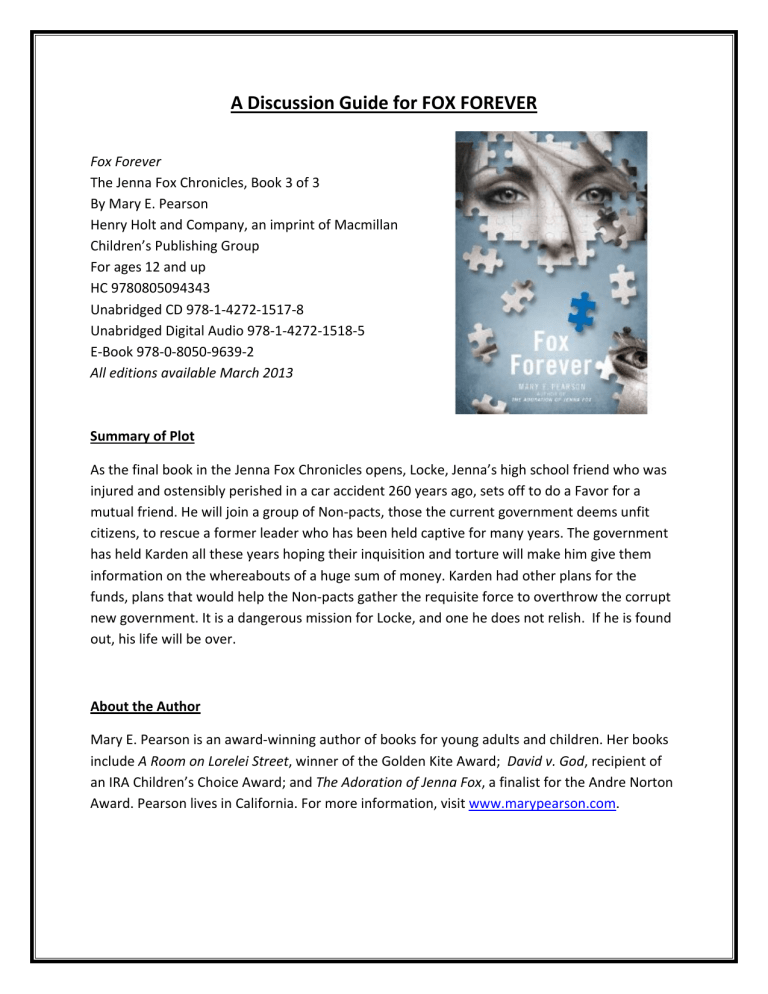
A
Discussion
Guide
for
FOX
FOREVER
Fox Forever
The Jenna Fox Chronicles, Book 3 of 3
By Mary E.
Pearson
Henry Holt and Company, an imprint of Macmillan
Children’s Publishing Group
For ages 12 and up
HC 9780805094343
Unabridged CD 978 ‐ 1 ‐ 4272 ‐ 1517 ‐ 8
Unabridged Digital Audio 978 ‐ 1 ‐ 4272 ‐ 1518 ‐ 5
E ‐ Book 978 ‐ 0 ‐ 8050 ‐ 9639 ‐ 2
All editions available March 2013
Summary of Plot
As the final book in the Jenna Fox Chronicles opens, Locke, Jenna’s high school friend who was injured and ostensibly perished in a car accident 260 years ago, sets off to do a Favor for a mutual friend.
He will join a group of Non ‐ pacts, those the current government deems unfit citizens, to rescue a former leader who has been held captive for many years.
The government has held Karden all these years hoping their inquisition and torture will make him give them information on the whereabouts of a huge sum of money.
Karden had other plans for the funds, plans that would help the Non ‐ pacts gather the requisite force to overthrow the corrupt new government.
It is a dangerous mission for Locke, and one he does not relish.
If he is found out, his life will be over.
About the Author
Mary E.
Pearson is an award ‐ winning author of books for young adults and children.
Her books include A Room on Lorelei Street , winner of the Golden Kite Award; David v.
God , recipient of an IRA Children’s Choice Award; and The Adoration of Jenna Fox , a finalist for the Andre Norton
Award.
Pearson lives in California.
For more information, visit www.marypearson.com
.
Discussion Questions
Please note that as of November 2012, all page number references refer to the galley of FOX FOREVER.
Guide copy will be updated to reflect actual book pages closer to publication date of book.
1.
Why do you think the author elected to use individual titles for each chapter instead of simply numbering them?
Does this use of titles make it easier for you to follow what is happening in the story?
Why or why not?
2.
The first book in the Jenna Fox Chronicles was THE ADORATION OF JENNA FOX.
The second book was entitled THE FOX INHERITANCE.
Now, the final book in the trilogy is
FOX FOREVER.
What does this suggest about the course of the trilogy?
What does the inclusion of the word “forever” signify in the title.
Note: This question should be asked prior to as well as after the reading is complete.
3.
In the opening scene of the novel, Locke is in a cemetery looking at his own gravestone.
Why do you think the author elected to begin her story with this scene?
What could it portend for the rest of the story?
4.
The first chapter title is “The Favor.” To what does this refer?
5.
Locke is revisiting the town of his childhood and early adolescence after being gone for
260 years.
What might your hometown look like after 50 years?
100 years?
200 years?
What would you expect would survive?
6.
“Words that have been said can’t be taken back, and I learned long ago that words have longer lives than people” (p.
39).
What does this reflection from Locke tell you about future events in the novel?
7.
On page 53 Locke thinks about Jenna and her love of twilight when things are calm and it is possible to slow down and think more clearly.
What are your twilight times?
When do you find it easier to slow down and really consider a question?
Why do you think that twilight time works well for Jenna and for Locke?
8.
Jenna observes that “Change doesn’t happen overnight, it’s molded by people who don’t give up” (p.
80).
Think about the people Locke has met thus far in the novel.
Is there anyone who seems to fit this description?
9.
One of the longest chapters in the first section of the book is “A Bot Named Dot.” Why is telling Dot’s story significant for Locke?
10.
Why do you think the author uses the term “Non ‐ pacts” to identify those who do not fit into this new society, those who do not measure up?
What is the effect of using a negative term?
11.
Locke observes that as soon as one problem is solved, a new one is created.
How is that true in his life?
In Raine’s?
In Jenna’s?
How is it true in your own life?
12.
What is the meaning of the phrase “out of your comfort zone”?
What is Locke’s comfort zone?
Raine’s comfort zone?
Do you have a comfort zone?
Does everyone?
13.
Why does Locke lie about the true nature of the creatures in the tunnels?
14.
Several chapter titles have literal as well as figurative meaning.
Chapters such as
“Tossed” and “Wreckage” come to mind.
What are the literal meanings of these words as they relate to the content of their respective chapters?
What figurative, deeper meaning do they convey as well?
15.
Locke’s reflection upon visiting the cathedral: “It made me feel connected to everyone there.
Maybe to the whole universe.
I felt safe.” What does this experience tell you about Locke and what is ultimately important to him?
16.
Close to the end of the novel (p.
269), Locke refers to a poem containing these lines: “I saw and heard, and knew at last.
The How and Why of all things, past.” What is the source of this line?
What does it reveal about the events about to unfold?
About Locke?
17.
Locke refers to a Psalm on page 269 that contains the line, “I am fearfully and wonderfully made.” That phrase seems to contain an inherent contradiction.
How is it possible to be both fearfully and wonderfully made?
18.
The final chapter of the book occurs 30 years after the other events of the novel.
Locke notes: “Escape is not about moving from one place to another but about becoming more” (p.
284).
How has Locke “become more”?
Activities
1.
Divide the class into 3 or 4 small groups.
Assign each group a portione of the novel.
Their task is to list the titles for the chapters in their part of the book.
Using these titles, they are to write a short summary of the key plot events.
The words from the titles should be part of the summary writing.
Note: This could become a pre ‐ reading activity where students are instructed to predict, based on chapter titles, what they think will occur in their assigned portion of the book.
2.
As a variation on the preceding assignment, ask the groups instead to list the titles and then place them into categories.
This categorization could be done freely (no specific directions) or you could ask them to categorize titles according to grammatical structures or to emotional impact of titles.
This could be done before reading the book and then revisited after reading to allow groups the chance to change the categories they created.
3.
Alone or in groups, ask students to select 1 or 2 chapters from the novel that were pivotal or held interest for them.
After rereading those chapters, direct students to rename them and provide a rationale for their revisions.
4.
Almost from the outset, Locke notices things are not quite right with Raine.
It begins with the shape of her mouth and moves to the way she crosses the roof and uses the
rope ladder.
Students might comb through the chapters and find other references that are clues to Raine’s real identity.
5.
The term collateral damage is mentioned on page 93.
Direct students to look up the definition of this term.
They should be asked to find references to the term in other media ( i.e.
, TV, online, newspapers, magazines).
Have them create a display or presentation about collateral damage.
6.
Ask students to locate the Psalm Locke refers to on page 269 ‒ 270 that includes the phrase “I am fearfully and wonderfully made.” Students should use the rest of the lines from the Psalm as a character outline for Locke (or perhaps another character, if the lines fit).
Related Websites
For more information about the bioethical issues raised in Fox Forever visit:
www.bioethics.od.nih.gov
www.bioethics.upenn.edu
www.bioethics.georgetown.edu
www.nlm.nih.gov/bsd/bioethics.html
www.bioethicscolumbia.org
www.bioethics.gov
www.cnn.com/HEALTH/bioethics/archive.index.html
www.genome.gov/10001744 www.niehs.nih.gov/research/resources/bioethics
For more information about artificial intelligence and robotics, visit: http://www ‐ formal.stanford.edu/jmc/whatisai/ http://library.thinkquest.org/2705/ http://robots.net/ http://www.howstuffworks.com/robot.htm
Related Books
Here are several other titles that also deal with some of the themes, issues, and topics of Fox
Forever :
The Adoration of Jenna Fox (The Jenna Fox Chronicles, Book 1 of 3)
Feed by M.
T.
Anderson
The Fox Inheritance (The Jenna Fox Chronicles, Book 2 of 3)
Frankenstein by Mary Shelley
Girl Parts by John M.
Cusick
The Giver by Lois Lowry
If I Stay by Gayle Forman
Little Brother X by Cory Doctorow
Guide prepared by Teri S.
Lesesne, professor, Department of Library Science, Sam Houston State University, TX.
